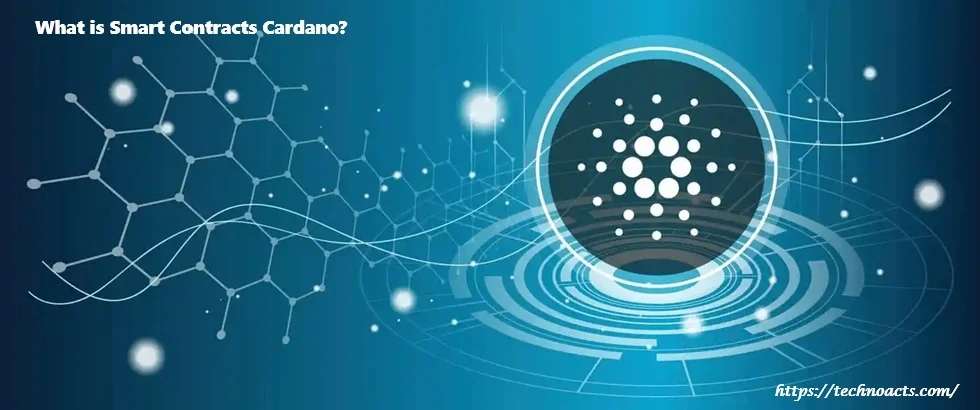The introduction of the smart contract was a new paradigm for the blockchain, storing the terms of agreements as lines of code, leading to self-executing contracts. Cardano is a third-generation blockchain platform that to improve on the previous iteration provides a new approach to building smart contracts that allow for a more secure, scalable and sustainable future. In this article, we are going to analyze how Cardano smart contracts work, the advantages that they bring to the network, and the impact of this technology on the blockchain ecosystem.
The Cardano blockchain and Who is behind Cardano?What is Smart Contracts Cardano
Cardano: An open source blockchain platform launched in 2017 by Charles Hoskinson, Ethereum co-founder DUSD is designed to provide a more stable and sustainable environment for cryptocurrencies and is one of the only platforms to be wholly science based both in philosophy and in the nature of its innovation initiatives. It also attempts to resolve the weaknesses of existing blockchains including scalability, interoperability and sustainability.
Then second, Cardano employs the Ouroboros proof of stake (PoS) consensus, mechanism, which cuts down the energy need of the Bitcoin and Ethereum-style proof of work (PoW) model. Due to this architecture, Cardano offers a balanced platform for dApps and smart contracts.
What Are Smart Contracts?What is Smart Contracts Cardano
That is where smart contracts come into playSmart contracts are contracts with their terms of agreement between buyer and seller being directly put in lines of computer code. They are preserved and executed on a blockchain, thereby eliminating the need for third parties or intermediaries. The smart contract itself is conceptually straightforward but powerful: when certain pre-defined conditions are met by all parties to a legally binding agreement, the agreements are executed automatically (in the form of embedded functions).
Smart contracts are used across multiple sectors, automating payment-processing in finance, managing complex supply chains, and dealing with real estate, as well as gaming.
How Cardano
Drawbacks and Future Outlook
In any case, however the advantages which current Cardano’s intelligent agreements way to deal with take are considerable, there are likewise difficulties to be confronted:
Developer Support and AdoptionWhat is Smart Contracts Cardano
The Cardano smart contract ecosystem is still in its infancy, and the platform still needs developers and businesses to build on it. Still, the user base will likely only increase as the project continues to update and engage the community.
Although Plutus provides a powerful development experience, the fact that it is based on Haskell is still a hurdle for developers with no knowledge of said language. But this barrier will most probably start dropping much slower as more educational materials and development tools become available.
Complexity in Development
For the Challenges of Competing Blockchains
Cardano is heavily competing against other big blockchain platforms with smart contracts, primarily Ethereum, but also other platforms such as Polkadot and Solana. Cardano needs to keep innovating and bring some unique value offerings to attract the developers and users.
Conclusion
This new generation of smart contracts on Cardano represents a significant development within the blockchain ecosystem, enabling businesses with a much secure, scalable, and sustainable solution. By utilizing EUTXO model, smart contract languages (Plutus, Marlowe,) Cardano has established itself to be a solution, and outperform previous generation blockchain platforms in overcoming those limitations and is a foundation upon which the next generation of decentralized applications can be built. And as adoption is increasing and the ecosystem maturing, Cardano smart contracts might important building blocks for the future of the blockchain.
